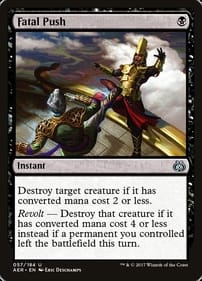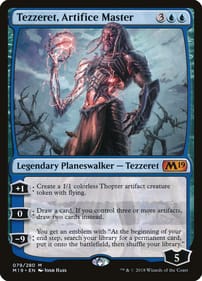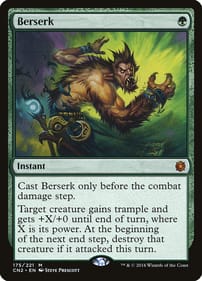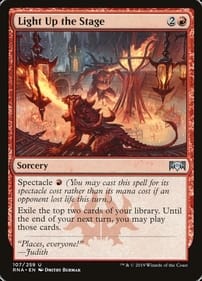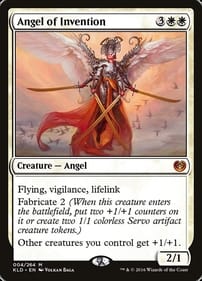Unproductive Cartoonist Joe Matt Preferred not to be Prolific
By Dan BrownCartoonist Joe Matt died last month at age 60. He was at his drawing table when the (unconfirmed) heart attack took him, but Matt’s friend Seth pointed out in an online tribute he likely wasn’t creating comics.Which is Matt’s tragedy. He will go down in comics history as someone who could have done more, but chose not to. The truth is, after his 14-issue run on Peepshow ended in 2006, Matt found other things to do apart from publishing his highly personal comics.That’s why, in my mind, I classify Matt alongside Bob Burden, Paul Chadwick, Michael Golden and David Mazzuchelli. They are all comic creators who, for whatever reason, aren’t consistently productive. As much as I enjoy their work, which is a lot, none of them are cursed with the gift of being prolific.It doesn’t mean the comics Matt made in his brief life are of poor quality. It just means, like many other comic fans, I have an itch that will never be scratched because with his sudden passing, the hope that Matt would ever draw and write another story disappears(None of this applies and all bets are off if some publisher finds a treasure trove of material he worked on, but never got published during his lifetime. I can only hope.)Matt came to prominence alongside his cartoonist friends Seth and Chester Brown, who all hung out in Toronto in the 1990s. Matt, an American, was in Canada illegally and eventually ended up settling in Los Angeles. A rumoured HBO series based on his comics never materialized.Matt was known for autobiographical stories that were embarrassing in the extreme. He specialized in detailing his own quirks and obsessions, such as spending a good chunk of every day masturbating to pornographic videos. He was kind of like comedian Larry David in that the essence of his work was describing the price he paid for being himself.In the coverage of his death, there have been hints Matt had been dealing with some kind of creative block. (I don’t believe in writer’s block, but that’s a subject for another column.) There were also indications his perfectionism got in the way.One way to measure his output would be to compare him to Seth and Brown, also autobiographical creators. What jumps out when you look at their bibliographies is how Seth, for instance, balances the need to be creative with the need to be perfect, and has produced a long list of books and other projects. Or you could compare him to a comics legend like Jack Kirby, who enrolled in New York’s prestigious Pratt Institute for illustrators when he was 14 years old. He ended up dropping out.“I wasn’t the kind of student that Pratt was looking for. They wanted patient people who would work on something forever. I didn’t want to work on any project forever. I intended to get things done,” Kirby would say later in his life.The consequence is that Kirby’s comics, all these decades later, are still being reprinted and sold to new generations of comic lovers. Meanwhile, Matt’s anthologies have already gone out of print.A modern example would be Southwestern Ontario’s own Jeff Lemire, who is always working on multiple books, never seeming to be at a loss for inspiration or motivation. He once credited his prolific nature to the work ethic he developed being raised on a farm.For whatever reason, Joe Matt wasn’t interested in living like that. The sad fact is, he will go down in comics history as a footnote. He will forever be “the other guy” of the Toronto Three.Dan Brown has covered pop culture for 30 years as a journalist and also moderates L.A. Mood’s monthly graphic-novel group.
Expansive, Vivid Account of Comix History Worth the Read
By Dan BrownBrian Doherty’s superlative new book Dirty Pictures is not a history of comics, it’s a history of comix. There’s a difference.Comics are the mainstream titles you know, like those produced by DC and Marvel. Think Wonder Woman, Batman, The Amazing Spider-Man, Captain America, all those costumed do-gooders. Comix, on the other hand, is the name given to the underground picture-and-word books made, starting in the late 1960s, in San Francisco and other American cities by rebel publishers who skirted the law, and certainly violated the limits of good taste.Comics publishing was an industry with its own system of censorship, the Comics Code Authority, which was in place until relatively recently. Comix were famously published exactly how their creators drew them, legal consequences be damned.It’s hard to imagine anyone getting hauled into court for selling an issue of, say, The Fantastic Four, but a few individuals did get busted for selling comix. An example of an underground issue that stirred up legal trouble is the one that parodied Walt Disney character Mickey Mouse in lewd detail.I expected to learn a lot about comix before I cracked Dirty Pictures. What I didn’t foresee is how much I would learn about the comics industry as a whole from the 439-page volume, which I recommend to anyone with more than a passing interest in the history of comic-book publishing in North America. Not only is Dirty Pictures informative, but Doherty – by day an editor for Reason, the libertarian magazine – also does a great job of transporting the reader back to a time when “an underground network of nerds, feminists, misfits, geniuses, bikers, potheads, printers, intellectuals and art-school rebels revolutionized art and invented comix,” according to the book’s subtitle. Doherty introduces the reader to Robert Crumb, Art Spiegelman, Robert Williams, and other key figures. Crumb, the leader of the comix movement, is the guy who popularized the phrase “Keep on truckin,'” which appeared on seemingly every car bumper in the 1970s.You may know Spiegelman as the creator of the 1987 graphic novel Maus, an account of his Holocaust-survivor father’s life told using cartoon animals that earned a Pulitzer Prize. Less well-known is how the genesis of Maus began in underground comix years prior to that.Williams is now known as the artist whose racy 1978 painting of a robot and a partially clad woman served as the original cover for the Guns N’ Roses album Appetite for Destruction (it would be swapped out for a safer image after an outcry from retailers and the public).Famous comix titles include Snarf, Zap, and Young Lust. They were published by companies with such dodgy monikers as Rip Off Press, Last Gasp Press and Head Imports. They were typically one-offs, with notable exceptions, since they didn’t follow a regular monthly publishing schedule. The cartoonist Bill Griffith, who went on to syndicate his Zippy the Pinhead strip in conventional newspapers, is quoted in Doherty’s book saying, “ For me, when I use the word (comix), I mean work that will wake you up, work that allows you to be able to see more, to become more receptive, more alive” Doherty wisely conducted fresh interviews with many of the artists from the San Francisco scene to bolster his research. Those interviews are just one element that makes this book required reading. And while you might think his account of those heady days would suffer because of the fading memories in the minds of those who were there at the creation, the author peppers each chapter with contemporary records, like the letters they wrote to each other back in the day.Comix publishing was, according to Doherty, a “loose, friendly, strange business.”This exhaustive history draws a direct line from Mad magazine founder Harvey Kurtzman to the underground creators of the 1960s to the autobiographical graphic novelists of today. If you want to understand how we ended up with the comics industry we have in 2023, Dirty Pictures is one of the best places to start.Dan Brown has covered pop culture for 30 years as a journalist and also moderates L.A. Mood’s monthly graphic-novel group.




